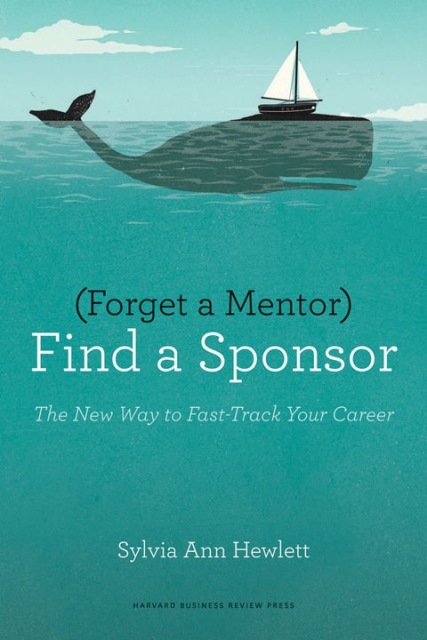There have been significant improvements in HR processes for improving neurodiversity outcomes, however, companies still lack the resources required to properly assess, recruit and onboard neurodiverse candidates, according to a global expert in positive psychology.
Many companies have recognised that embracing neurodiversity is an incredibly powerful way of enabling real diversity of thought and perspective in your organisation, said Alex Linley, co-founder of Cappfinity, which is a global leader in strengths-based talent acquisition, assessment and development.
“Employing people who genuinely ‘think differently’ is guaranteed to bring new perspectives and insights,” he said.
“It allows companies to be more innovative, to spot value and solutions others may have missed, and make better decisions as a result.”
However, there is still room for improvement and Linley predicted that there will be more interesting developments in this space especially with new technology in the future.
Linley’s comments come off the back of recent CIPD research which found that just 10 per cent of HR professionals say consideration of neurodiversity is included in their organisation’s people management practices.
Neurodiversity refers to the natural range of differences in human brain function, and among employers, it’s become the term used to describe alternative thinking styles including dyslexia, autism, ADHD and dyspraxia as they relate to diversity and inclusion in the workplace.
These can have unique strengths, ranging from data-driven thinking to sustained focus over long periods, an ability to spot patterns and trends, and the capacity to process information at extraordinary speeds.
However, due to a lack of awareness within organisations and the way that most organisations are physically and structurally set up for ‘neurotypicals’, many workplaces do not enable neurodiverse individuals to perform to their full potential.
“There are real opportunities for forward-thinking employers which want to embrace and celebrate the value that people who ‘think differently’ can bring”
For example, the CIPD research found that 72 per cent of HR professionals said that consideration of neurodiversity wasn’t included in their people management practices, and 17 per cent said that they didn’t know.
Neurodiverse candidate challenges
Linley, who has a PhD in Psychology, observed that the number one challenge for organisations and neurodiverse candidates is always going to be a lack of resources.
“Oftentimes, those people who are neurodiverse tend to need extra care and attention during the interview stages and even into onboarding and beyond,” he said.
“That isn’t to say that there’s not a plethora of solutions to overcome this; it’s just that companies need to take the time to educate themselves and become more aware of best practices when it comes to people who are neurodiverse, which in turn will benefit culture across the board.”
As neurodiversity becomes more widely recognised and understood, Linley said there is no excuse for being left behind.
“Instead, there are real opportunities for forward-thinking employers which want to embrace and celebrate the value that people who ‘think differently’ can bring,” he said.
Neurodiversity and improving recruitment
To embrace neurodiversity, organisations need to consider both their recruitment practices and how they enable neurodiverse people to perform at their best once they are in the role.
A starting point for HR is to use multiple ways of assessment to find candidates, so that people who are neurodiverse have an opportunity to showcase their strengths.
At the interview stage, for example, it is important to account for neurodiverse candidates by giving candidates the option of a one-on-one interview rather than a panel, avoiding hypothetical ‘what if’ questions and allowing reasonable adjustments and extra time.
“It’s important to accommodate neurodiverse employees through strengths-based practices to allow them to focus on what they are best at”
“Moving forward, it’s important to accommodate neurodiverse employees through strengths-based practices to allow them to focus on what they are best at and what they enjoy most while aligning with these abilities to company goals,” said Linley.
“This might incorporate a mixture of flexible working arrangements like varied hours or working from home days.”
Linley said it’s also a good idea is to develop a neurodiversity policy which sets out the company’s position in relation to neurodiversity, how people who are neurodiverse are supported, and how this plays through into recruitment, performance management and progression practices – and why this is important.
Neurodiversity trends and advice
There are a number of important trends on the horizon for HR, and Linley explained that the biggest shift will be in relation to awareness, acceptance and active embracing of neurodiversity in the workplace.
“We are increasingly aware and accepting today in 2019, and more and more companies are moving to actively embracing the benefits that neurodiverse employees can bring to their business,” he said.
“As this active embrace of neurodiversity progresses, we are likely to see a shift in what becomes standard policy and practice for managing neurodiversity and enabling neurodiverse team members to use their talents to best effect.”
Linley also said that HR can take a more strategic approach to hiring neurodiverse candidates in three key ways – the first of which is building awareness and acceptance for neurodiversity right across the business.
The second step involves actively embracing neurodiversity as a talent priority for making the most of people who ‘think differently’ – in order to bring different value to the business.
A third step is to design HR systems, policies and procedures to account for these potential differences.
“This is often best done by talking to people who are affected, understanding what would make a difference for them, and then implementing this across the HR lifecycle,” he said.
“We are likely to see a shift in what becomes standard policy and practice for managing neurodiversity and enabling neurodiverse team members to use their talents to best effect”
Guidelines for employers
The CIPD has released a guide for employers to help improve neurodiversity within organisations, and said there are four areas organisations need to focus on:
Recruitment
- Ensure job descriptions are jargon-free and clearly signal that your organisation welcomes neurodivergent individuals
- Many recruitment practices often rely on competency frameworks where people are filtered out if they don’t meet minimum standards on a set of wide-ranging capabilities – review your recruitment approach to ensure you’re not screening out talented individuals
- Ensure interviewers are informed about neurodiversity so they are fair and empathetic in the interview process (such as by choosing a quiet interview space, avoiding rapid-fire questions and understanding why some people might not make direct eye contact)
Workplaces
- Avoid really bright lights in your office that can be distracting or lead to sensory overload
- Consider how noisy open-plan environments can be distracting or lead to individuals feeling overwhelmed
- Complete a desk assessment for any new joiners, helping them make sure their computer screen isn’t too bright and they have everything they need to aid personal organisation (such as trays and filing drawers)
Management
- Train line managers so that they feel confident and able to assist neurodiverse employees at work and help them make the most of their skills
- Encourage regular one-to-ones and feedback between line managers and their reports to keep communication channels open and help motivate and support all employees
- Make sure neurodiversity is welcomed and championed by senior leaders and that a culture of celebrating difference is encouraged throughout the organisation
HR
- Highlight employee support networks and similar resources clearly in the on-boarding process and on the company intranet for anyone who needs them
- Ensure individualised support is available to all, from access to mentoring, coaching and counselling – make sure that support is clearly signposted
- Address comfort at work on a regular basis through workspace preference questionnaires and broader employee satisfaction surveys






